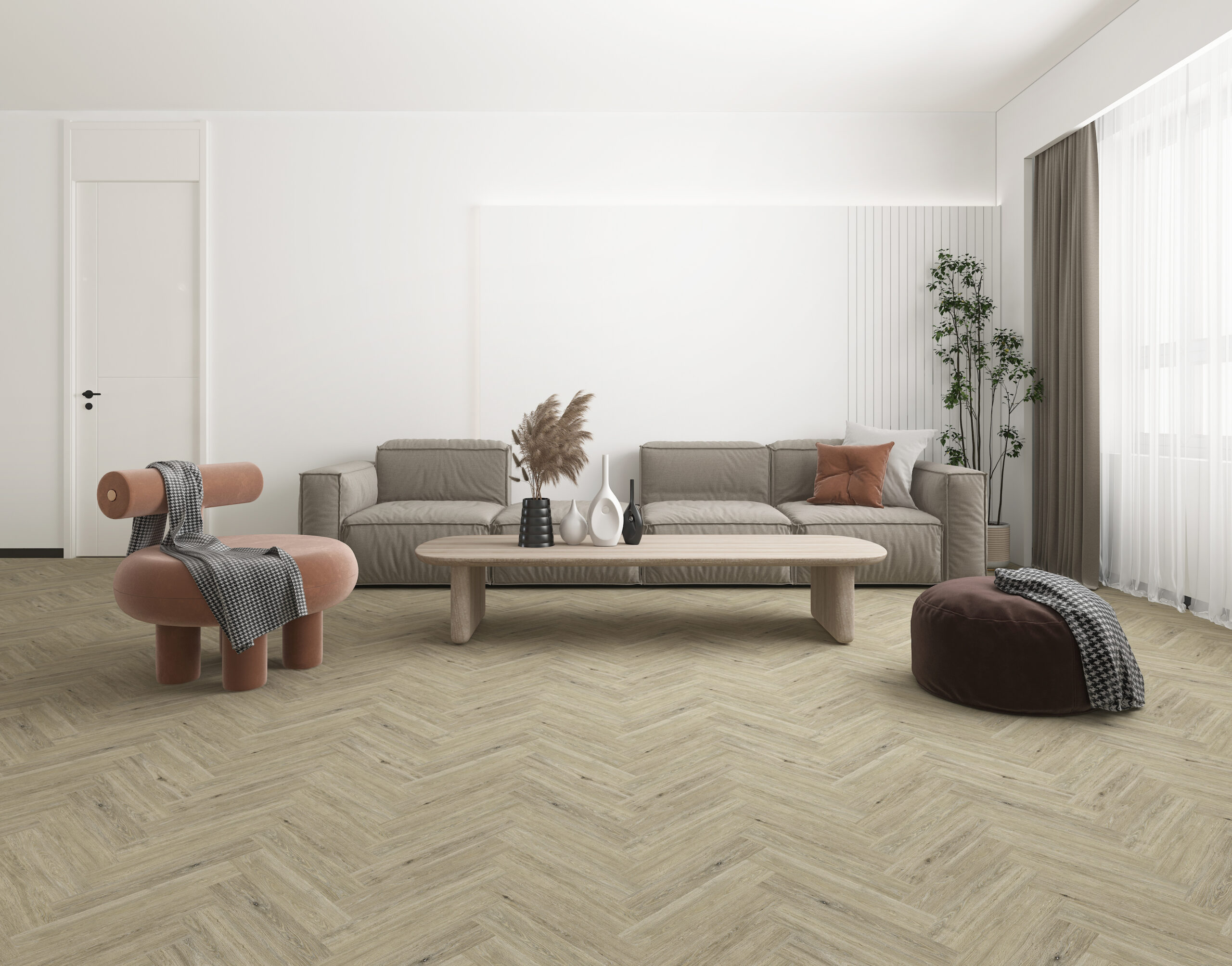Coating Process for Fluted Wall Cladding Panel Interior
Fluted wall cladding panels for interior applications undergo a meticulous coating process to enhance both aesthetics and functionality. The process typically involves the following steps:
- Surface Preparation:
- The panels are thoroughly cleaned and prepared to ensure an even surface for coating application.
- Any imperfections or contaminants are removed to promote optimal adhesion.
- Primer Application:
- A primer is applied to create a bonding layer between the panel surface and the subsequent coatings.
- The primer enhances adhesion and provides a base for the desired finish.
- Base Coating:
- A base coat is applied to establish the primary color or texture of the cladding.
- This layer contributes to the overall appearance and durability of the panel.
- Fluting Coating:
- The fluted pattern is coated with precision, ensuring consistent coverage and a visually appealing design.
- Care is taken to maintain the clarity and definition of the flutes.
- Topcoat Application:
- A protective topcoat is applied to enhance resistance to wear, stains, and environmental factors.
- This layer also serves to preserve the integrity of the underlying coatings.
- Curing and Quality Control:
- The coated panels undergo a curing process to achieve maximum hardness and durability.
- Stringent quality control measures are implemented to ensure uniformity and adherence to design specifications.
- Final Inspection:
- Each panel is thoroughly inspected for defects, ensuring that the coating meets the desired standards.
- Color consistency, texture, and overall finish are scrutinized before the panels are deemed ready for use.
The result is a fluted wall cladding panel with a durable, visually appealing coating that not only enhances the interior space but also provides protection against daily wear and tear.
Here is the videos of working process for coating:

